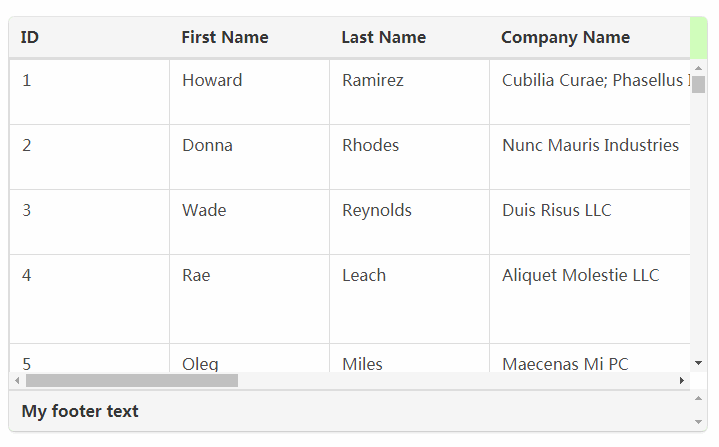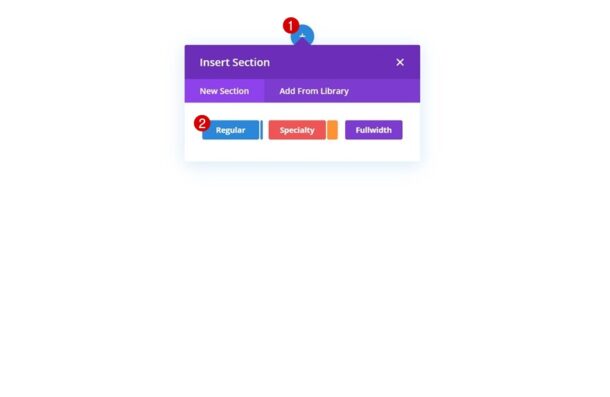

You can combine pin positions with events to create interactive and realistic pop-ups. Tap the ‘Play’ button to simulate your project and check out how your header and footer will stay in place on the screen as you scroll.

Note: Make sure your header and footer are above other elements in the Layers palette, or mark them as ‘always on top’ in the Properties palette. Click on the one next to the Y position and select ‘Pin top’ to create a pinned header, and select ‘Pin bottom’ to create a pinned footer. Click on the ‘Pin’ button next to the X and Y positions for the header.

Once you’re done designing, select all of the elements, right-click, go to Group, and select ‘Group in Dynamic Panel’. Design a header or footer using rectangles, text, and images.Pin top and bottom (sticky headers and footers)Įlements that are pinned to the top or bottom of the screen will stay in place as you scroll.
#JUSTINMIND HORIZONTAL SCROLLING HOW TO#
Check out the examples below to learn how to use pinned elements and other parallax effects. Elements will normally stay in place while you simulate, but if they’re pinned, they’ll move with the scroll of the screen. You can easily create floating headers, footers, and pop-ups in Justinmind using pinned positions.


 0 kommentar(er)
0 kommentar(er)
